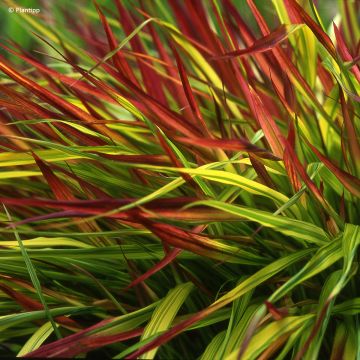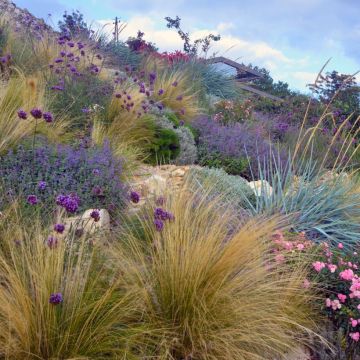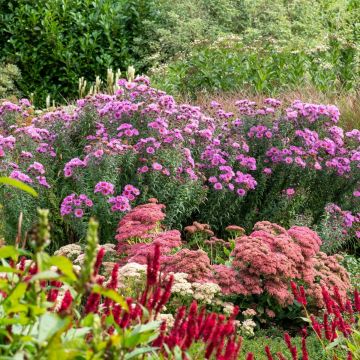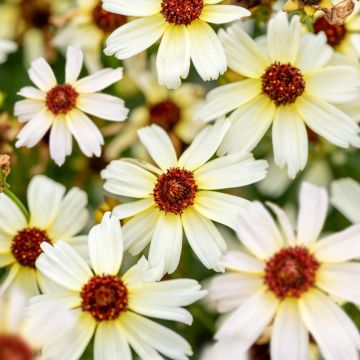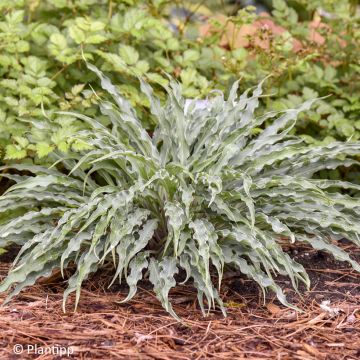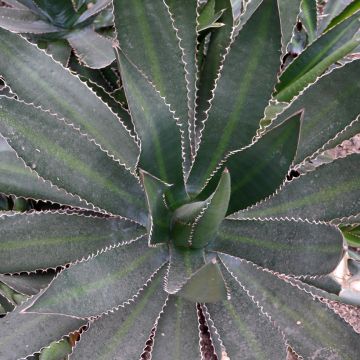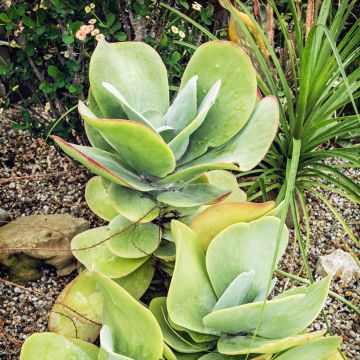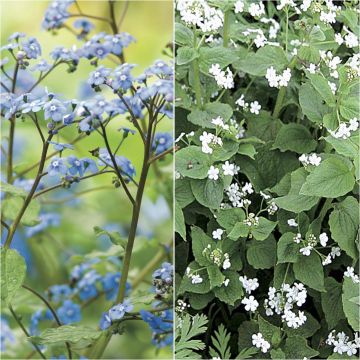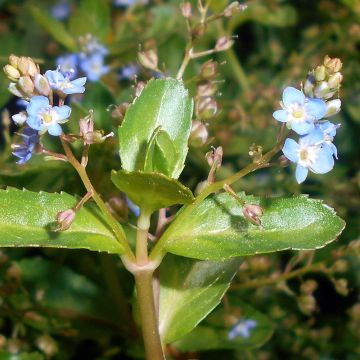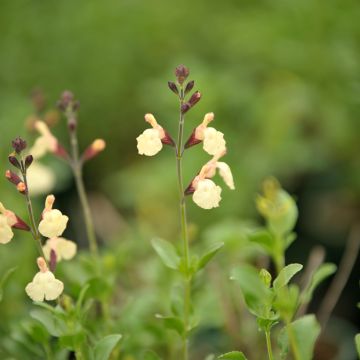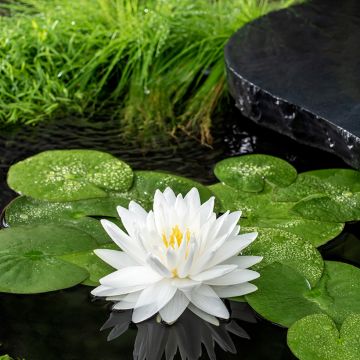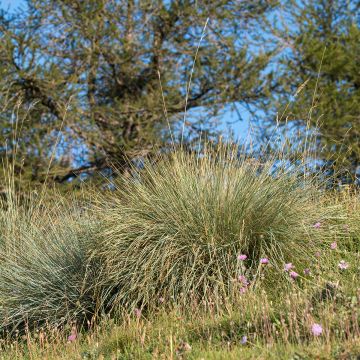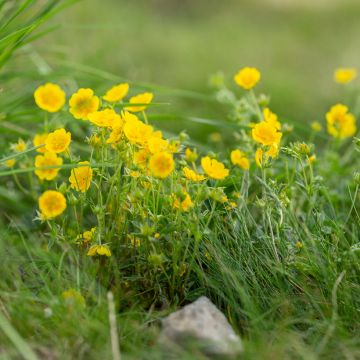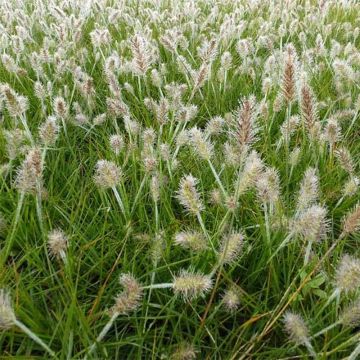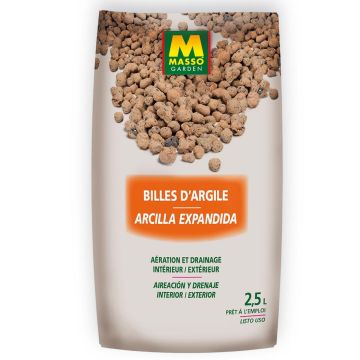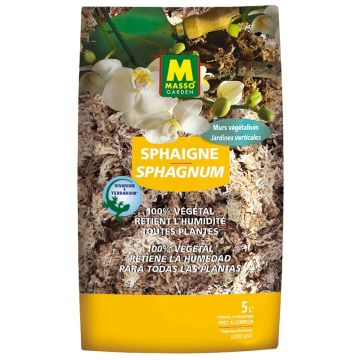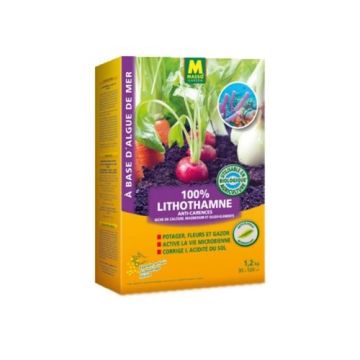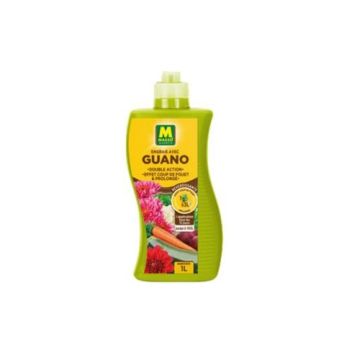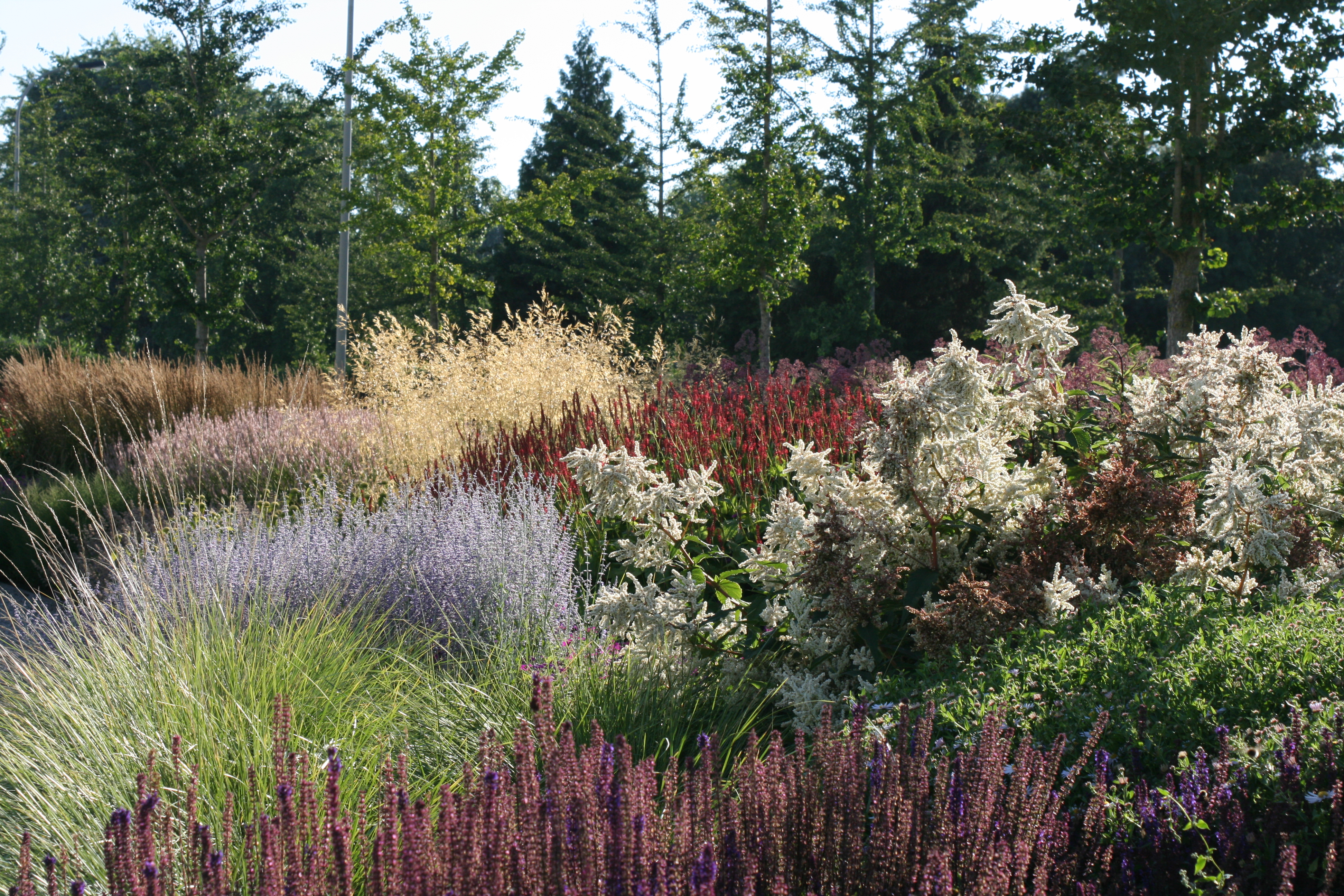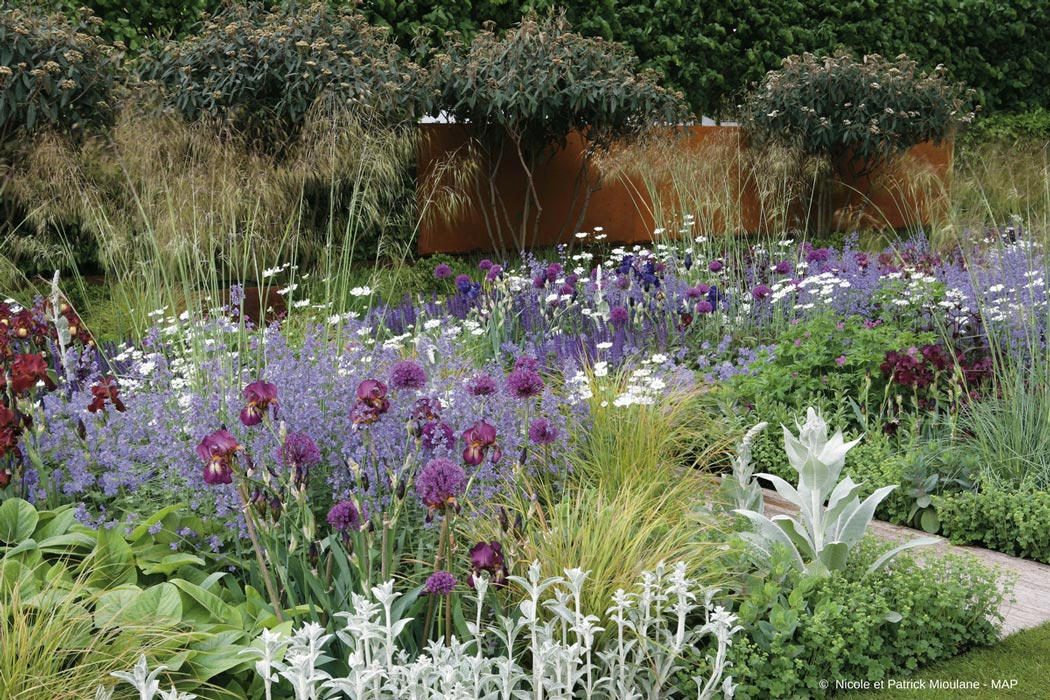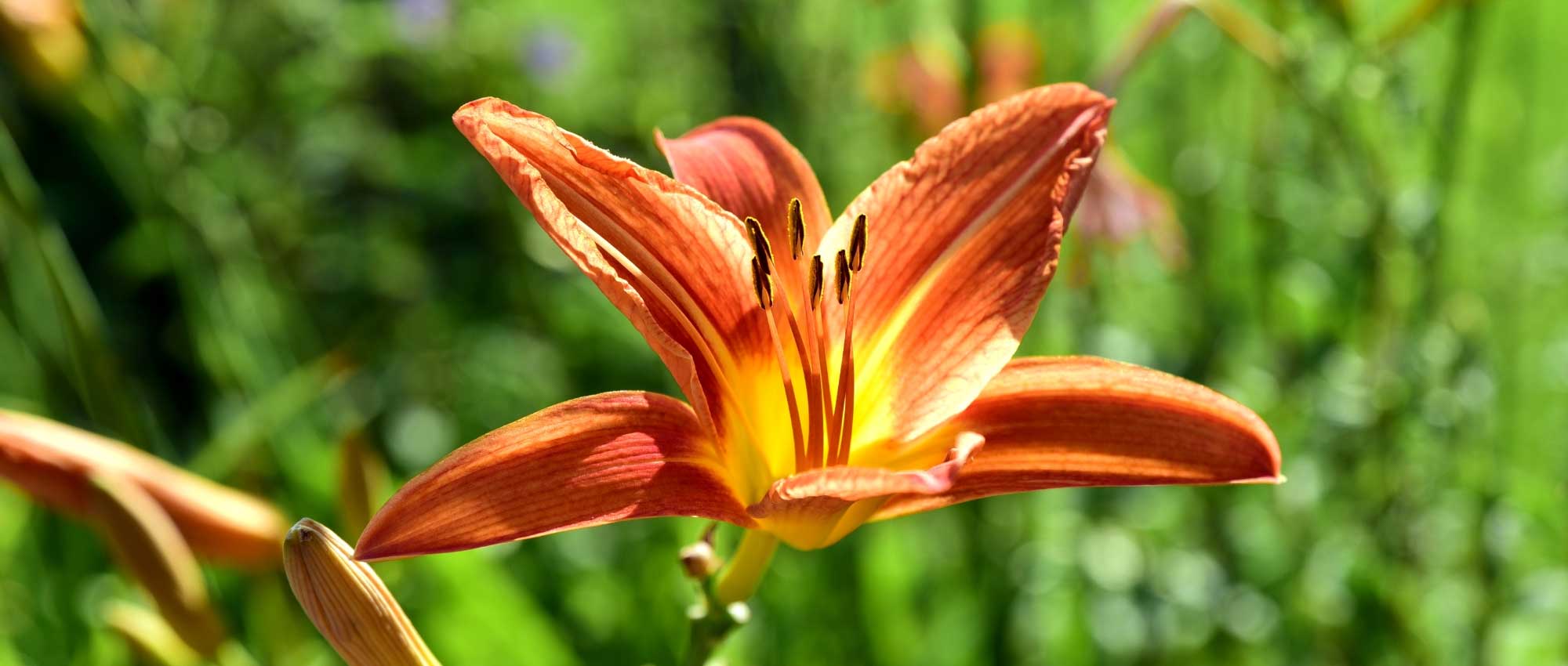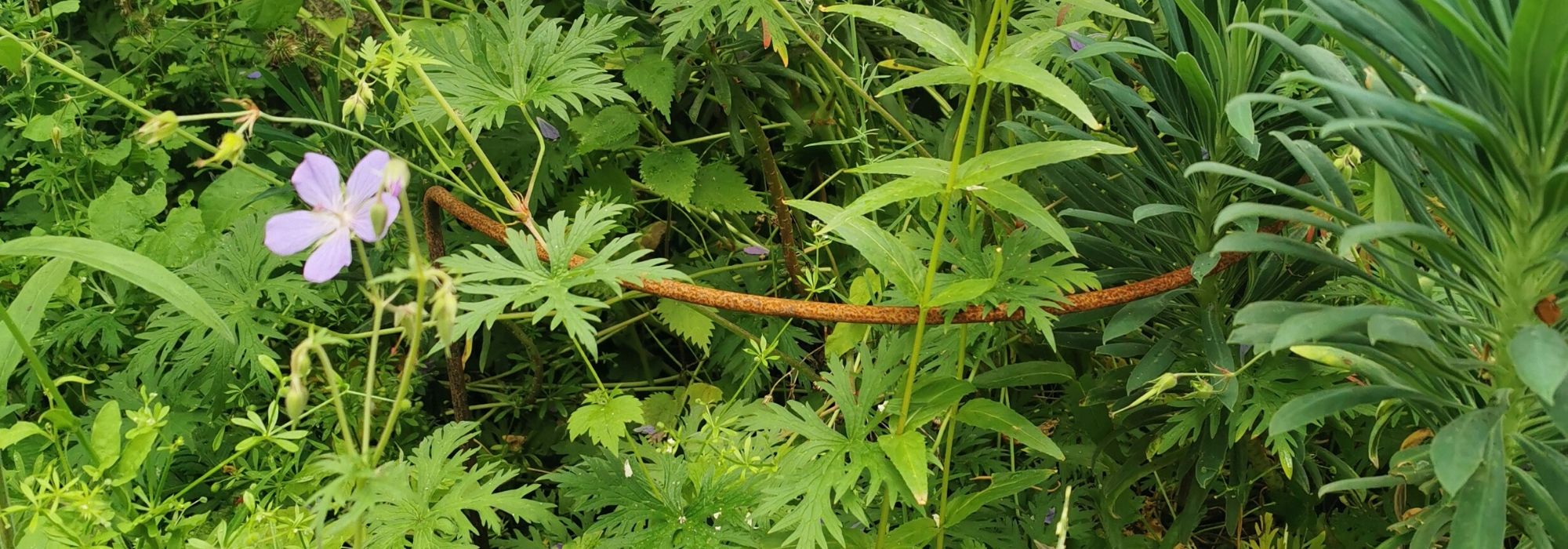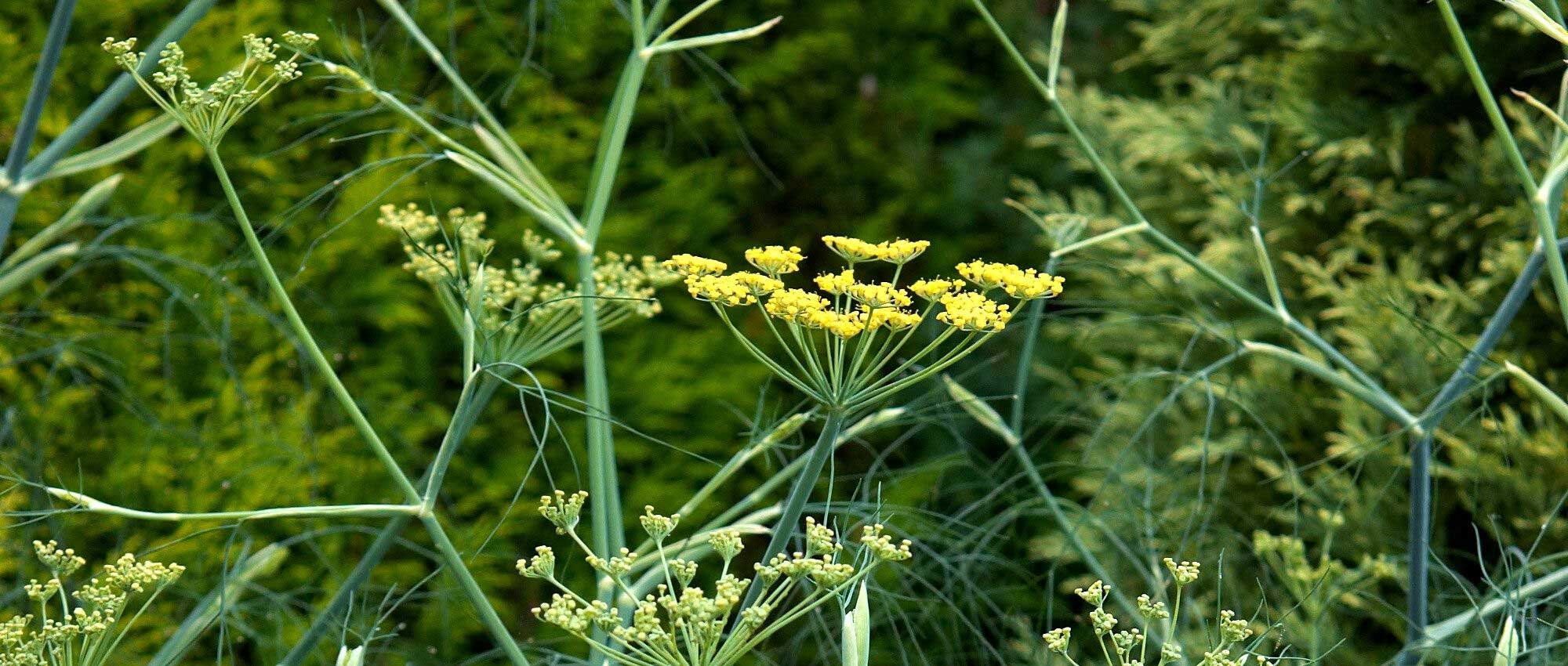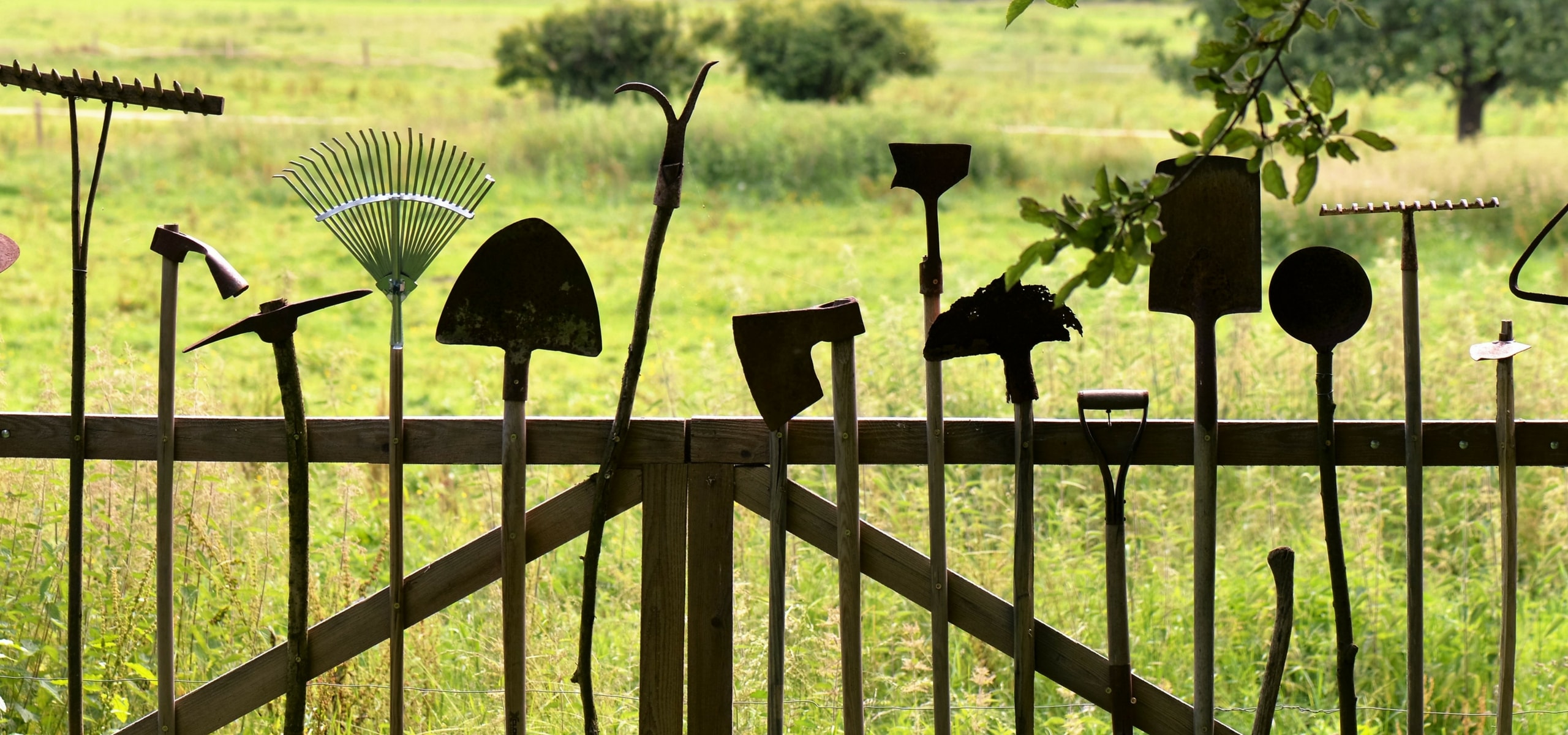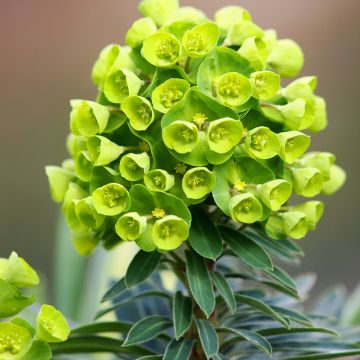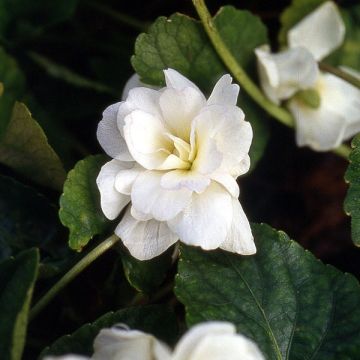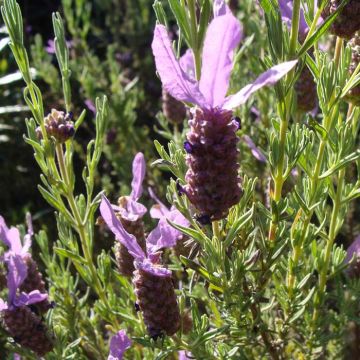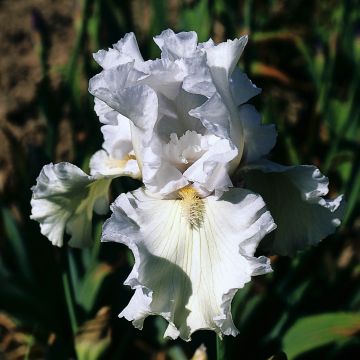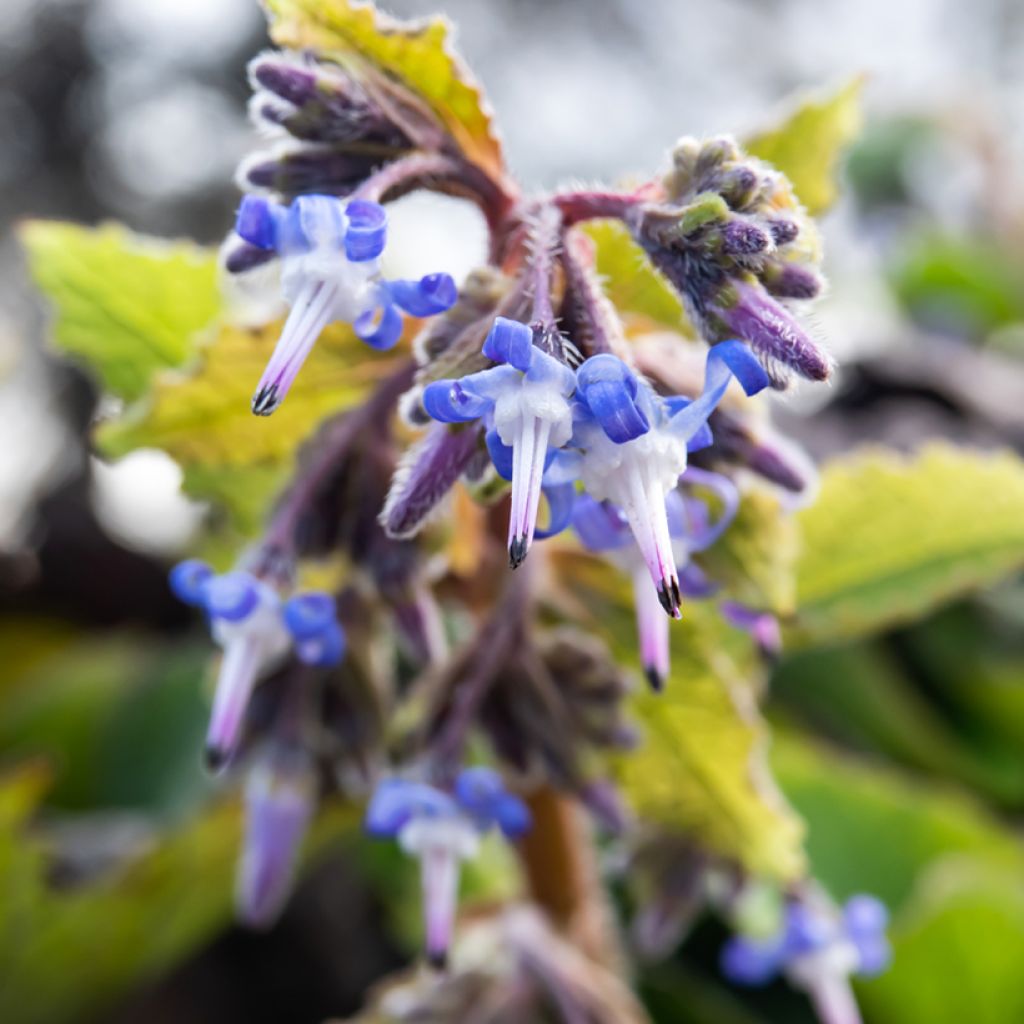

Trachystemon orientalis Sundew
Trachystemon orientalis Sundew
Trachystemon orientalis Sundew
Early-flowering Borage, Abraham-Isaac-Jacob, Eastern Borage
Special offer!
Receive a €20 voucher for any order over €90 (excluding delivery costs, credit notes, and plastic-free options)!
1- Add your favorite plants to your cart.
2- Once you have reached €90, confirm your order (you can even choose the delivery date!).
3- As soon as your order is shipped, you will receive an email containing your voucher code, valid for 3 months (90 days).
Your voucher is unique and can only be used once, for any order with a minimum value of €20, excluding delivery costs.
Can be combined with other current offers, non-divisible and non-refundable.
Why not try an alternative variety in stock?
View all →This plant carries a 12 months recovery warranty
More information
We guarantee the quality of our plants for a full growing cycle, and will replace at our expense any plant that fails to recover under normal climatic and planting conditions.
Would this plant suit my garden?
Set up your Plantfit profile →
Description
The Trachystemon orientalis 'Sundew' is a cultivar with bright foliage and a more modest growth than the wild species. This perennial ground covering plant produces large heart-shaped foliage reminiscent of hostas and pretty blue purplish flowers in April-May, similar to those of borage. In climates with cool summers, the foliage retains its golden colour, but in hot summers, it turns yellowish green. Thanks to its attractive flowering, great adaptability, and tolerance of dry shaded settings, it fits perfectly in the natural areas of the garden.
The Trachystemon orientalis or Caucasian Borage belongs to the Boraginaceae family, this species being native to Eastern Europe and Asia Minor: Bulgaria, Turkey, Russia (Caucasus Mountains). Its range has expanded to all temperate climate countries. It is sometimes called Borago orientalis or Oriental Borage.
The Trachystemon orientalis 'Sundew' is a spreading perennial herbaceous plant, reaching 50 cm in height and covering an area up to 1 m² with its rhizomatous roots. Its stems and foliage are densely hairy. The golden yellow leaves are wide, large, and heart-shaped, resembling those of Hosta. During hot summers, the leaves change to a light lime green colour. After pruning, the new shoots may again be more yellow, especially when the weather turns cooler. The blue purplish flowers appear before the foliage in April-May, they are pedunculate, in loose cymes, and measure 1.2 cm in width. Each flower is punctuated by the small dark and prominent cone formed by the fused stamens. This plant grows relatively fast, and the Trachystemon orientalis is less invasive than the species type.
The Trachystemon orientalis 'Sundew' will establish itself permanently in the garden. Discouraging adventive plants, it produces a good ground cover for rural and wild areas of the garden, but its tendency to spread makes it more suited to large spaces. It can be planted alone or mixed with spring flowering bulbs like Narcissus poeticus, squills, Camassia, Snowflake, wild hyacinths. Other robust perennials like Comfrey, German Iris, Red Hot Pokers, dead-nettles, Ligularia, Bocconia, Hardy Geranium Spessart or nodosum, Solomon's seal and fairy flowers, also make beautiful combinations.
Report an error about the product description
Flowering
Foliage
Plant habit
Botanical data
Trachystemon
orientalis
Sundew
Boraginaceae
Early-flowering Borage, Abraham-Isaac-Jacob, Eastern Borage
Borago orientalis
Cultivar or hybrid
Other Perennials A to Z
View all →Planting and care
Plant the Oriental Bush Sundew in humus-bearing, rich in leaf compost, moist, neutral to acidic, but well-drained soil. It will be more beautiful in shade or partial shade, even under the not too dry shade of trees and bushes. It can be truly spectacular in moist to wet soil. Cut back the clumps before the new foliage emerges at the end of winter.
Planting period
Intended location
Care
Planting & care advice
This item has not been reviewed yet - be the first to leave a review about it.
Similar products
Haven't found what you were looking for?
Hardiness is the lowest winter temperature a plant can endure without suffering serious damage or even dying. However, hardiness is affected by location (a sheltered area, such as a patio), protection (winter cover) and soil type (hardiness is improved by well-drained soil).
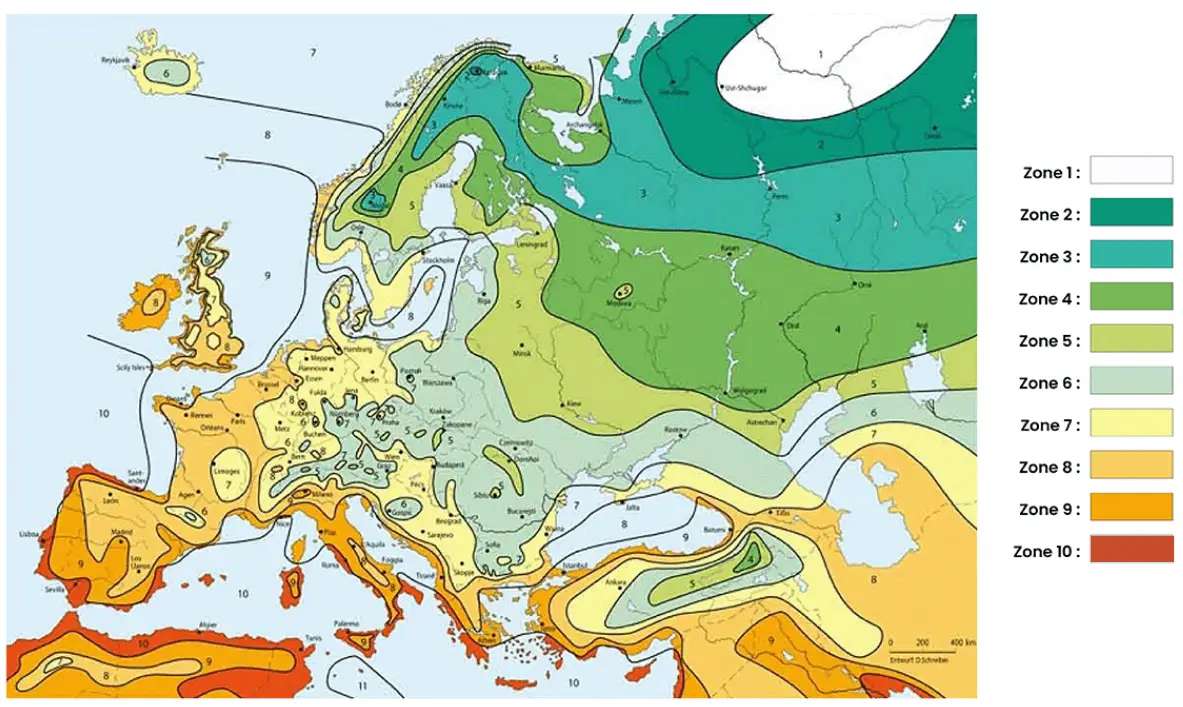
Photo Sharing Terms & Conditions
In order to encourage gardeners to interact and share their experiences, Promesse de fleurs offers various media enabling content to be uploaded onto its Site - in particular via the ‘Photo sharing’ module.
The User agrees to refrain from:
- Posting any content that is illegal, prejudicial, insulting, racist, inciteful to hatred, revisionist, contrary to public decency, that infringes on privacy or on the privacy rights of third parties, in particular the publicity rights of persons and goods, intellectual property rights, or the right to privacy.
- Submitting content on behalf of a third party;
- Impersonate the identity of a third party and/or publish any personal information about a third party;
In general, the User undertakes to refrain from any unethical behaviour.
All Content (in particular text, comments, files, images, photos, videos, creative works, etc.), which may be subject to property or intellectual property rights, image or other private rights, shall remain the property of the User, subject to the limited rights granted by the terms of the licence granted by Promesse de fleurs as stated below. Users are at liberty to publish or not to publish such Content on the Site, notably via the ‘Photo Sharing’ facility, and accept that this Content shall be made public and freely accessible, notably on the Internet.
Users further acknowledge, undertake to have ,and guarantee that they hold all necessary rights and permissions to publish such material on the Site, in particular with regard to the legislation in force pertaining to any privacy, property, intellectual property, image, or contractual rights, or rights of any other nature. By publishing such Content on the Site, Users acknowledge accepting full liability as publishers of the Content within the meaning of the law, and grant Promesse de fleurs, free of charge, an inclusive, worldwide licence for the said Content for the entire duration of its publication, including all reproduction, representation, up/downloading, displaying, performing, transmission, and storage rights.
Users also grant permission for their name to be linked to the Content and accept that this link may not always be made available.
By engaging in posting material, Users consent to their Content becoming automatically accessible on the Internet, in particular on other sites and/or blogs and/or web pages of the Promesse de fleurs site, including in particular social pages and the Promesse de fleurs catalogue.
Users may secure the removal of entrusted content free of charge by issuing a simple request via our contact form.
The flowering period indicated on our website applies to countries and regions located in USDA zone 8 (France, the United Kingdom, Ireland, the Netherlands, etc.)
It will vary according to where you live:
- In zones 9 to 10 (Italy, Spain, Greece, etc.), flowering will occur about 2 to 4 weeks earlier.
- In zones 6 to 7 (Germany, Poland, Slovenia, and lower mountainous regions), flowering will be delayed by 2 to 3 weeks.
- In zone 5 (Central Europe, Scandinavia), blooming will be delayed by 3 to 5 weeks.
In temperate climates, pruning of spring-flowering shrubs (forsythia, spireas, etc.) should be done just after flowering.
Pruning of summer-flowering shrubs (Indian Lilac, Perovskia, etc.) can be done in winter or spring.
In cold regions as well as with frost-sensitive plants, avoid pruning too early when severe frosts may still occur.
The planting period indicated on our website applies to countries and regions located in USDA zone 8 (France, United Kingdom, Ireland, Netherlands).
It will vary according to where you live:
- In Mediterranean zones (Marseille, Madrid, Milan, etc.), autumn and winter are the best planting periods.
- In continental zones (Strasbourg, Munich, Vienna, etc.), delay planting by 2 to 3 weeks in spring and bring it forward by 2 to 4 weeks in autumn.
- In mountainous regions (the Alps, Pyrenees, Carpathians, etc.), it is best to plant in late spring (May-June) or late summer (August-September).
The harvesting period indicated on our website applies to countries and regions in USDA zone 8 (France, England, Ireland, the Netherlands).
In colder areas (Scandinavia, Poland, Austria...) fruit and vegetable harvests are likely to be delayed by 3-4 weeks.
In warmer areas (Italy, Spain, Greece, etc.), harvesting will probably take place earlier, depending on weather conditions.
The sowing periods indicated on our website apply to countries and regions within USDA Zone 8 (France, UK, Ireland, Netherlands).
In colder areas (Scandinavia, Poland, Austria...), delay any outdoor sowing by 3-4 weeks, or sow under glass.
In warmer climes (Italy, Spain, Greece, etc.), bring outdoor sowing forward by a few weeks.






























